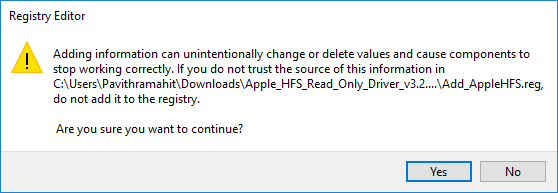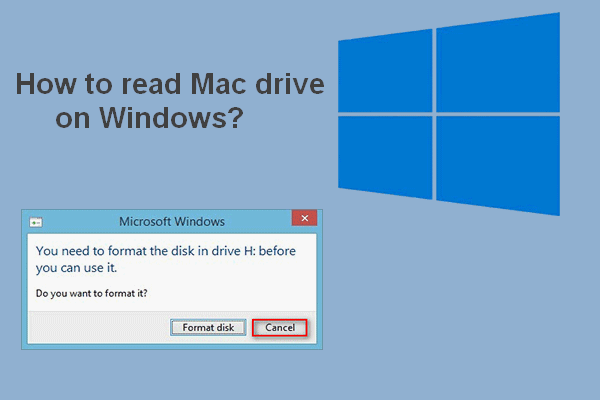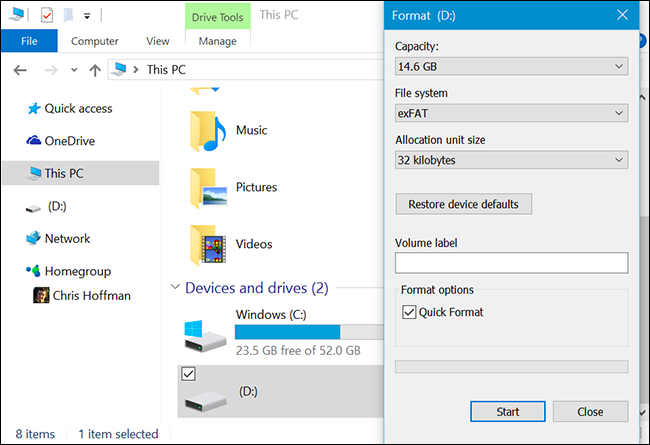

Just select the files or folders you want, click “Extract,” and choose a folder. You’ll see the contents of the HFS+ drive in the graphical window. Click the “File” menu and select “Load File System From Device.” It will automatically locate the connected drive, and you can load it. To use HFSExplorer, connect your Mac-formatted drive to your Windows PC and launch HFSExplorer.

You can set read-only mode in other applications, too–but, if you’re not going to use their write support, there’s less reason to pay for them.
#READ HFS ON WINDOWS 10 DRIVER#
It ensures that no bug in the third-party driver can damage your Mac-formatted drive and the files on it. This application’s read-only nature isn’t necessarily a bad thing. dmg disk images to get at the files inside them. But you can open HFSExplorer, read a Mac-formatted drive, and copy the files to your Windows PC without paying a dime.
#READ HFS ON WINDOWS 10 INSTALL#
You can’t use it to write to Mac-formatted drives, and it doesn’t install a file system driver that integrates into File Explorer. HFSExplorer isn’t fancy, though, and doesn’t have a lot of features. Then, install HFSExplorer like you would any other Windows program. It does require Java, however, so you’ll have to install that first. It’s the only completely free way to access a Mac-formatted drive. If you only need to get a couple files off the drive, we recommend HFSExplorer. Option One: HFSExplorer Is Free and Basic But be absolutely sure there’s nothing you need before you do. Of course, if the drive doesn’t have any important files on it, you can go ahead and format it.

Just don’t format the drive until you get the important files off the drive. That’s fine, because other applications do. This message appears because Windows doesn’t understand Apple’s HFS+ file system. When you connect a Mac-formatted drive to Windows, you’ll be informed that “you need to format the disk in drive X: before you can use it.” Don’t click the “Format disk” button or Windows will erase the contents of the drive–click “Cancel”! In fact, some manufacturers sell “Mac” drives pre-formatted with this Mac-only file system. But if you didn’t foresee that, you may have formatted your drive with Apple’s HFS Plus, which Windows can’t read by default. If you know you’re going to use a drive on both Mac and Windows, you should use the exFAT file system, which is compatible with both. This also allows you to restore Time Machine backups on Windows. But third-party tools fill the gap and provide access to drives formatted with Apple’s HFS+ file system on Windows. Windows can’t normally read Mac-formatted drives, and will offer to erase them instead.


 0 kommentar(er)
0 kommentar(er)
